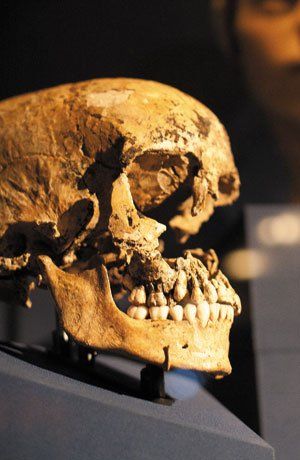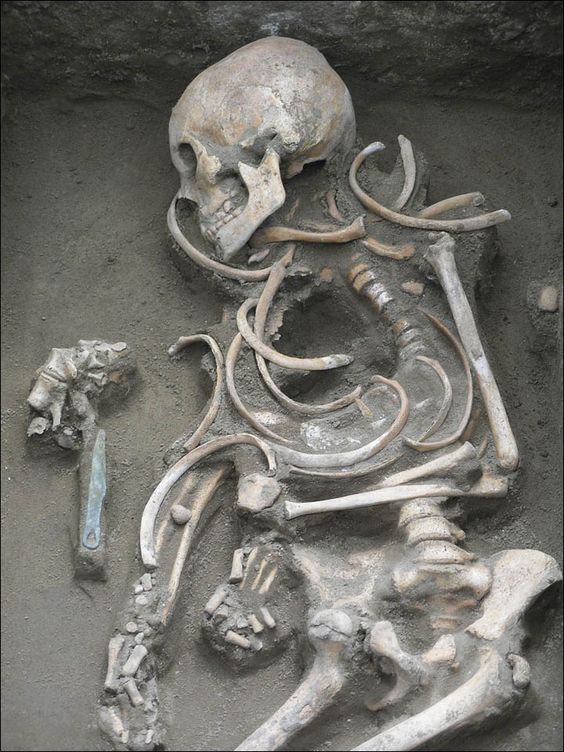Archaeological Revelation: Proof of Cannibalism in the 1609 Jamestown Colony Found in Young Girl’s Skull


The discovery of Jane’s remains, meticulously analyzed by a team of dedicated scientists, paints a vivid picture of the desperation that gripped Jamestown during its darkest hours. Led by William Kelso and James Horn, the excavation project unearthed more than just bones; it unearthed a chilling narrative of survival amidst unimaginable hardship.
The forensic examination of Jane’s skeletal remains revealed a gruesome tale of cannibalism etched into the very bones of the settlement. Marks of dismemberment, tentative yet purposeful, tell a story of desperation and despair. From shallow cuts across the forehead in a futile attempt to access the brain to the meticulous scraping of flesh from the jawbone, every mark speaks of a community on the brink of collapse.

Douglas Owsley, an expert in physical anthropology, elucidates the grim reality of Jane’s fate. The markings on her bones, he explains, reflect not the actions of skilled butchers, but rather the frantic efforts of individuals driven to extreme measures by hunger and deprivation. Jane’s story is not one of malice, but of sheer survival in the face of insurmountable odds.
The historical context surrounding Jamestown further illuminates the depths of the settlers’ plight. Plagued by droughts, food shortages, and strained relations with the indigenous Powhatan people, the settlers found themselves teetering on the edge of oblivion. The once-promising colony descended into chaos as resources dwindled and hope faded.

Dennis Blanton, director of the Centre for Archaeological Research at the College of William and Mary, paints a stark picture of the “starving time.” It was a period defined by desperation, where every meal became a struggle for survival and every day brought the colony closer to the brink of collapse.
But amidst the darkness, there are glimmers of hope. The ongoing efforts of modern-day researchers to unravel the mysteries of Jamestown offer a beacon of light in the shadows of history. Through meticulous analysis and innovative techniques, we honor the memory of Jane and all those who perished in the crucible of colonial America.

As we gaze upon the reconstructed visage of 14-year-old Jane, we are reminded not only of the horrors of the past but also of the resilience of the human spirit. Her face, brought to life through the marvels of modern science, serves as a poignant reminder of the sacrifices made by those who came before us.